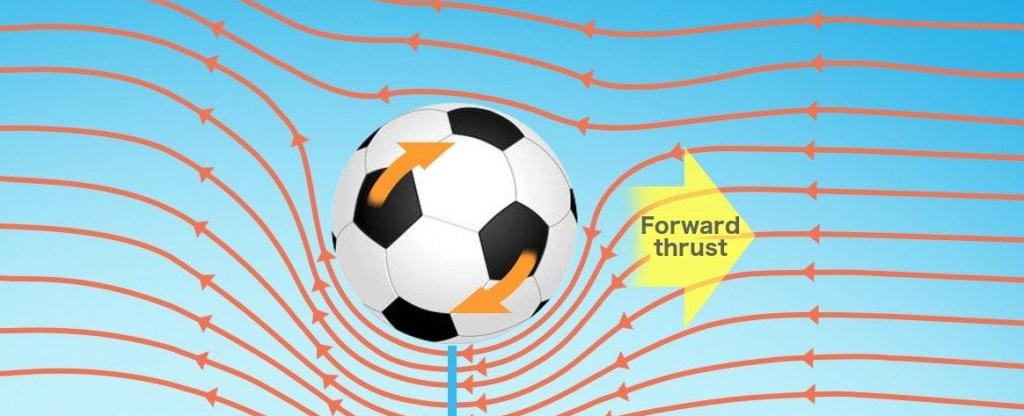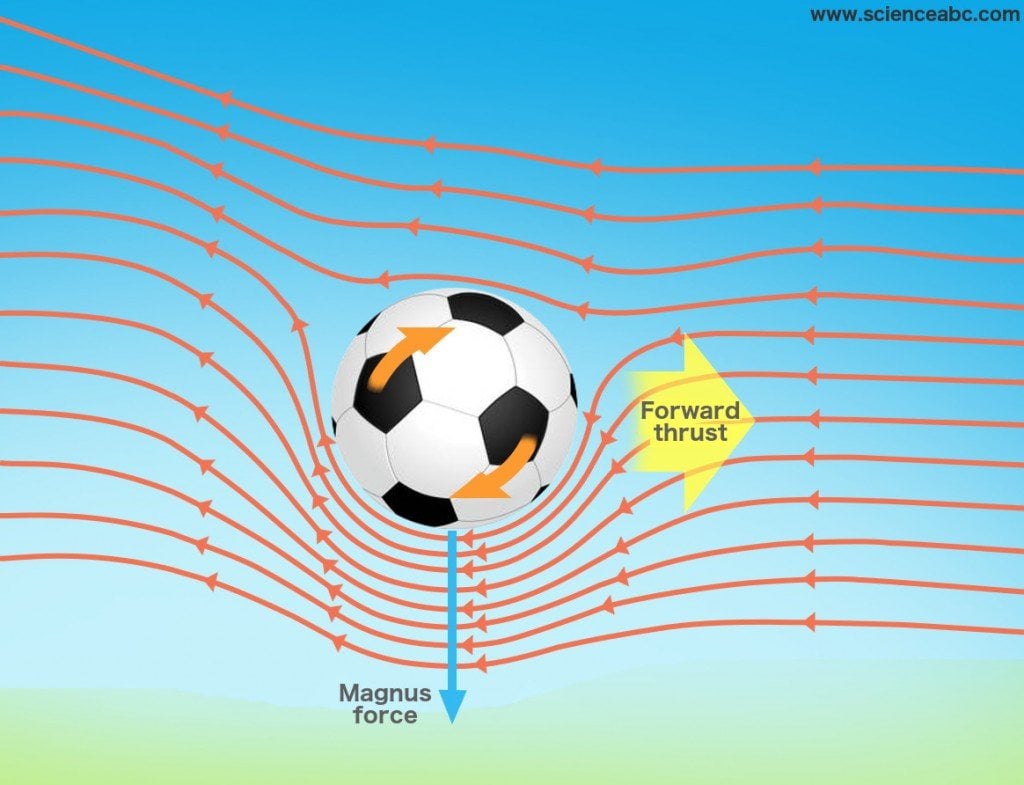If you spin a ball when you drop it it will fly through the air as it falls this is called the magnus effect

If you spin a ball when you drop it, it will fly through the air as it falls. This is called the Magnus effect.

Have you ever wondered why certain objects seem to defy gravity and exhibit unusual flight patterns as they fall through the air? Well, one fascinating phenomenon that explains this mystery is known as the Magnus effect. When a ball is given a spin while being dropped, it has the ability to soar through the air in a curving trajectory, defying our expectations.
The Magnus effect is a result of the interaction between the rotational motion and airflow around the spinning object. This scientific concept was first described by German physicist Heinrich Gustav Magnus in the 1850s. Magnus observed that when a spinning object moves through a fluid medium, such as air, it experiences a sideways force that alters its path.

To understand this phenomenon, let’s consider the example of a spinning soccer ball. As the soccer ball falls through the air, its spinning motion creates an area of high pressure on one side and low pressure on the opposite side. According to Bernoulli’s principle, which states that an increase in the speed of a fluid produces a decrease in pressure, the air on the side of the ball with high velocity moves faster, decreasing its pressure. On the other hand, the air on the side moving against the direction of the spin moves slower, resulting in relatively higher pressure.
Due to this pressure difference, the ball experiences a sideways force that pushes it in the direction opposite to the spin. Consequently, the ball deviates from a straight downward path and follows a curved trajectory. This sideways force is responsible for the characteristic flight pattern observed when a spinning ball is dropped.
The Magnus effect has practical applications in various fields. For instance, it plays a crucial role in sports like golf, tennis, and baseball. Skilled players utilize spin to control the flight of the ball, allowing them to achieve greater accuracy and distance. Additionally, the effect is employed in areas such as aeronautics, where understanding the interaction between rotating blades and air is essential for the design and performance of helicopters.
In conclusion, the Magnus effect is a captivating scientific phenomenon that explains the altered flight path of a spinning object when dropped through a fluid medium. By generating a sideways force, the spin of the object influences the airflow around it, resulting in a curved trajectory. Understanding and harnessing this effect has real-world applications in sports and various industries. So, the next time you drop a spinning ball, take a moment to appreciate the intriguing forces at play that allow it to fly through the air in such a remarkable manner.
Source: Reader’s Digest
Tags
Share
Related Posts
Quick Links
Legal Stuff

